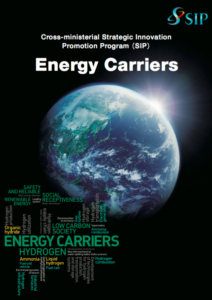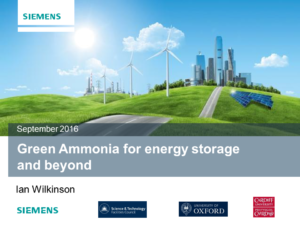Ammonia-Fueled Gas Turbine Power Generation
Hideaki Kobayashi, professor at the Institute of Fluid Science at Tohoku University in Sendai, Japan, has developed the world’s first technology for direct combustion of ammonia in a gas turbine. The advance was made in cooperation with the National Institute of Advanced Industrial Science and Technology (AIST) under a program led by Norihiko Iki.






